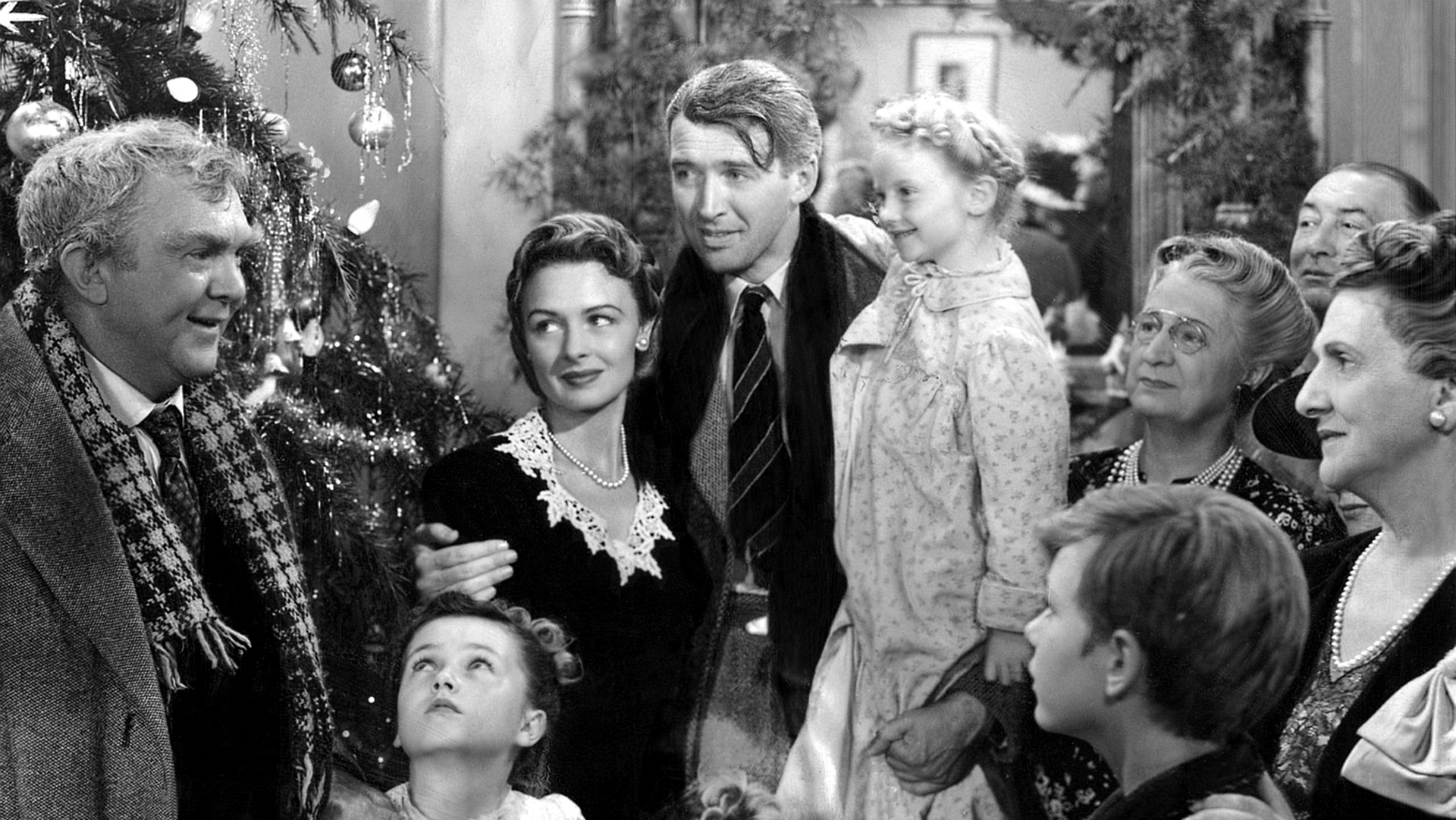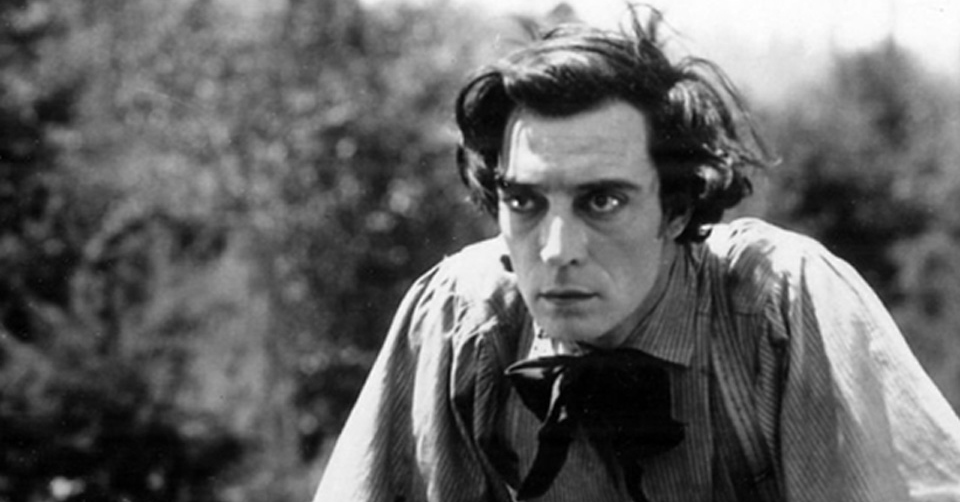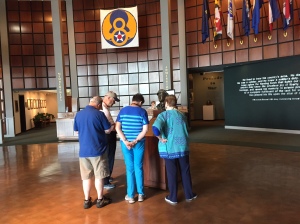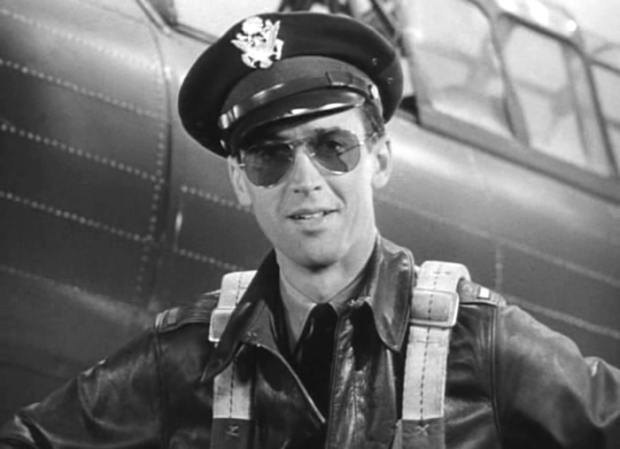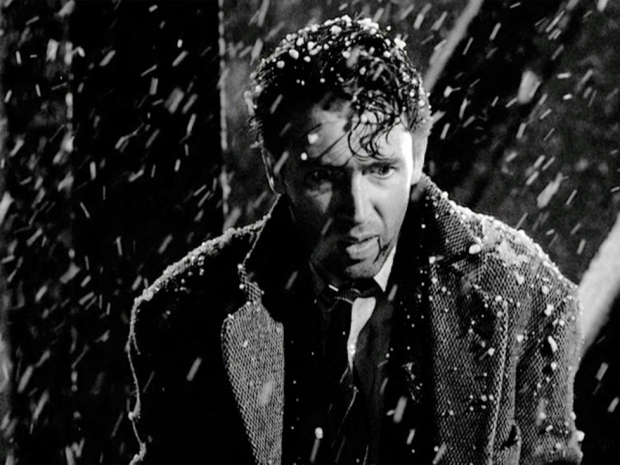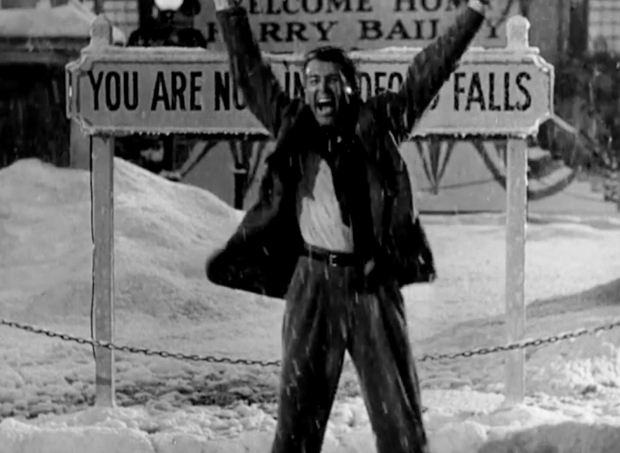
***Check out the fun exercise I was asked to complete at Shepherd.com regarding my latest book,
Season of the Gods, the true story of how the screen classic Casablanca came to be.***
I admit to some skepticism going into the Spielberg/Hanks miniseries, Masters of the Air. It had been so long in production through the pandemic that I figured the delays meant conceptual trouble—and disappointment for the viewer. Episode 1 seemed to confirm my suspicions, as the characters didn’t grab me and the darkness of frame and mumbling of dialogue hinted at trouble ahead.
You see, here’s the thing: I wrote a book called Mission: Jimmy Stewart and the Fight for Europe that saw me dive deep into the history of the air war over Europe. I became all about the Eighth Air Force and the heavies and “little friends,” with the help of fliers in their 80s and 90s who still lived life at 20,000 feet battling Germans in their dreams and nightmares. All had flown with Stewart and knew him as a damn good command pilot. My research included visiting bomber bases in the English countryside and taking rides in B-17s and B-24s because I knew if I got one thing wrong in this story, the WWII buffs would nail me for it, and so I triple-checked every detail before publication.

When you get that close to a topic, it leaves an impression. I have since been driven to watch the best Hollywood picture about the air war, Twelve O’Clock High, made in 1949, over and over. The other one to watch was Memphis Belle, the 1991 feature that for the first time showed us not aging Hollywood character actors populating the cast and bomber crew but young men in the cockpit and young men manning the guns.
OK, bear with me. The average age for the pilot of an American heavy bomber in World War II was 22. Twenty-two. The pilot was the commander of the ship and in charge of the other nine living, breathing young men onboard. If the 22-year-old didn’t do his job right, those boys in the plane were dead. If he did do his job right, there was still a very good chance they were dead because these kids took to the air every day against many dangers, most prominent of them the German air force—the Luftwaffe.
I found it fascinating as I wrote Mission to learn about all they faced. Jim Stewart didn’t fly the glamorous B-17 depicted in Masters of the Air. He flew the B-17’s ugly stepsister, the B-24, which could carry more bombs but was prone to fuel leaks. In short, you could blow up because of leaking gas at any point on a mission. If you managed to get to altitude in the horrible English weather, always cloudy, always damp, and if you didn’t collide with another bomber in the crowded skies, you’d get to altitude and put on an oxygen mask as the temps dropped to 30 or 40 below zero Fahrenheit. One of Jim’s contemporaries, Lucky Luckadoo of the “Bloody Hundredth” bomber group, said just the other day that it was so cold at altitude in European winter that if you took off your gloves for even a minute, you risked your fingers “self-amputating.” They would break off in the cold.

Now, back to Masters of the Air. For me, everything changed with episode 2, depicting the first mission of the 100th Bomb Group, which was one of the first units to take to the air to bomb continental Europe. They went up in a recently invented airplane, 10 men to a crew, and were slaughtered trying to bomb targets in various parts of Germany. Inhuman slaughter, yet these young guys kept going up, kept fighting Hitler, doing their part. And they kept getting shot down. It’s telling that the three WWII fliers who helped me write Mission all were shot down on missions to Germany. All three bailed out of a falling bomber on different missions and spent the latter part of the war in German prison camps.

I’m finding that Masters of the Air tells a powerful story powerfully well. Sure, there are nits to pick, as with any historical miniseries, but to me, this is spellbinding stuff. All the characters depicted in the series are real; they lived and breathed—and many died—during World War II. It’s interesting to me that of all the perils depicted, the filmmakers didn’t or couldn’t take the time and expense to show the ice that formed around oxygen masks. So much ice that fliers would have to beat it off with their fists. But this bit of realism might, I guess, amount to a distraction as the film shows you how German fighters would zip by the planes and stitch them with machine gun fire as flak bursts detonated all about. These factors alone reveal what the guys in the planes went through. Young, young men fought that air war a year before the landings at Normandy. I dare to call them boys. Imagine for a moment that your own kid of 20 or 22 has to bear the responsibility of combat missions in a plane that a few years earlier had existed only on drawing boards. For a stretch, the fliers, these boys and young men, were the only Americans fighting in Europe, doing so as described—at 20,000 feet and 40 below.

Masters of the Air manages to cover a lot of story threads, from the psychological toll of the missions to the grief of losing friends, from the fliers who bailed out and evaded capture with the help of the various resistance movements to those who ended up in German prison camps. In episode 8 we meet the Tuskegee Airmen of the 332nd Fighter Squadron and I was glad to see them. Welcome to the war, boys! Welcome to this series, showing us what it was like for black fliers doing their part and facing a cold reception after they had been shot down and arrived at Luft Stalag 3. Sometimes you barely get to know characters before they die in battle, but guess what—that was their experience, too. You met a guy yesterday, and today he died in an exploding plane.
I’ll be sorry when Masters of the Air ends with episode 9. It has been an emotional experience for me as an author who listened to stories from men who lived this part of the war; an author who tried to do those stories justice in Mission. How did any of these fliers master their fear to climb into those planes time and again, knowing the odds? They did it for freedom, for democracy—ideals that have become so fractured in our modern day. But Steven Spielberg and Tom Hanks clearly understood these concepts when they took on the mission of giving us Masters of the Air, which provides a visceral look at what the young men of the U.S. Army Air Forces endured on the long haul to victory in Europe.
********
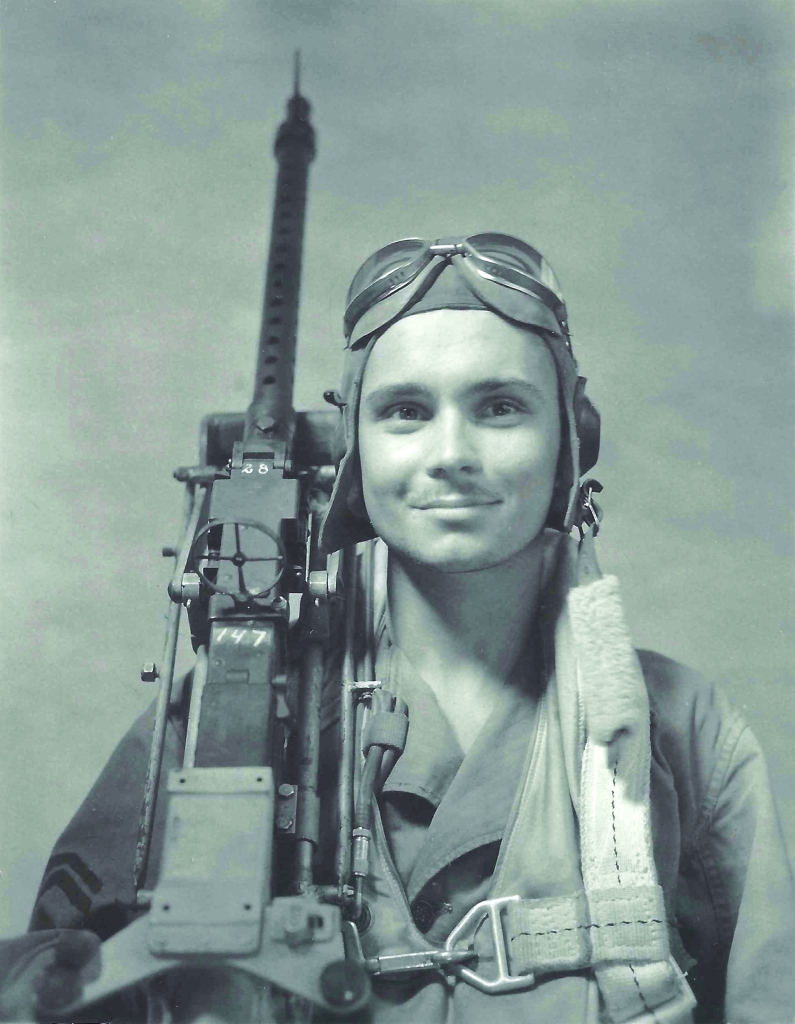



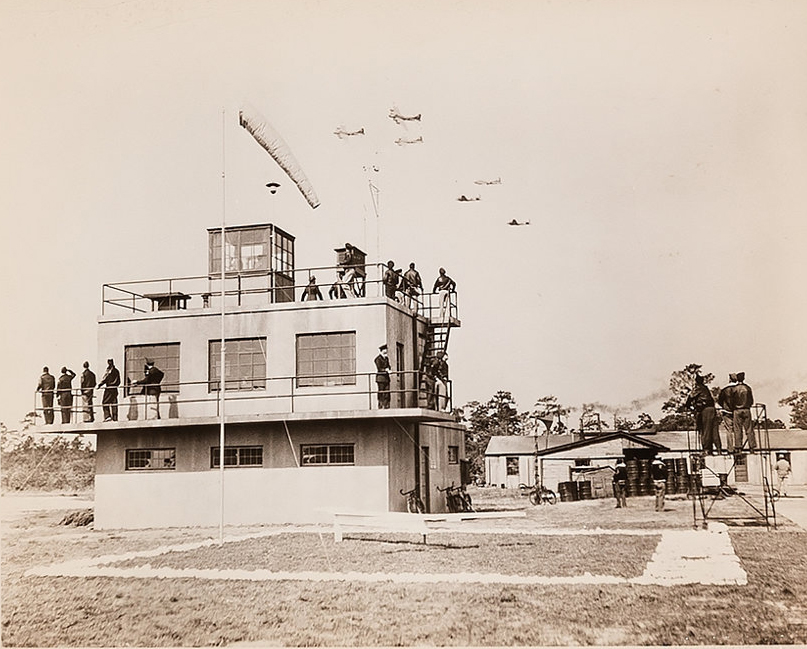
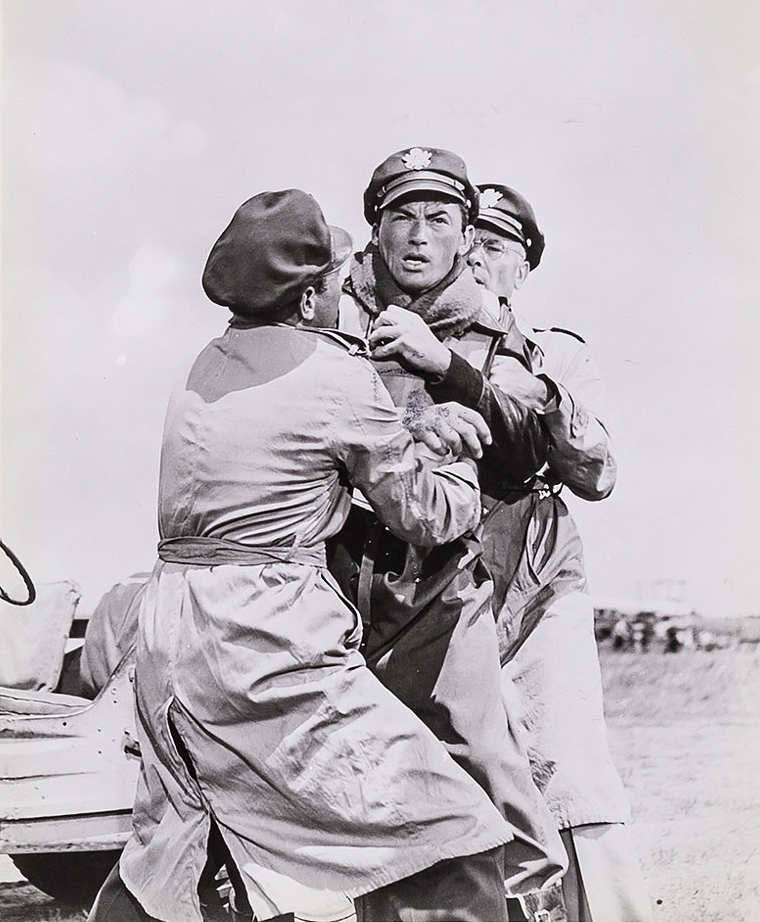



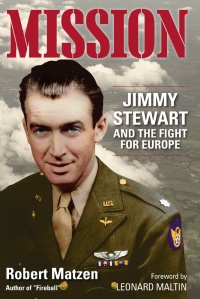 Hollywood’s beloved boy-next-door movie star Jimmy Stewart was one of those draftees and had entered the service in February 1941. As described in my book Mission: Jimmy Stewart and the Fight for Europe, he was, as of Dec. 7, Corporal James Stewart, and in less that a month he would earn his wings as an Army flier with the rank of second lieutenant. (If you’re a WWII history lover, please explore this
Hollywood’s beloved boy-next-door movie star Jimmy Stewart was one of those draftees and had entered the service in February 1941. As described in my book Mission: Jimmy Stewart and the Fight for Europe, he was, as of Dec. 7, Corporal James Stewart, and in less that a month he would earn his wings as an Army flier with the rank of second lieutenant. (If you’re a WWII history lover, please explore this 
